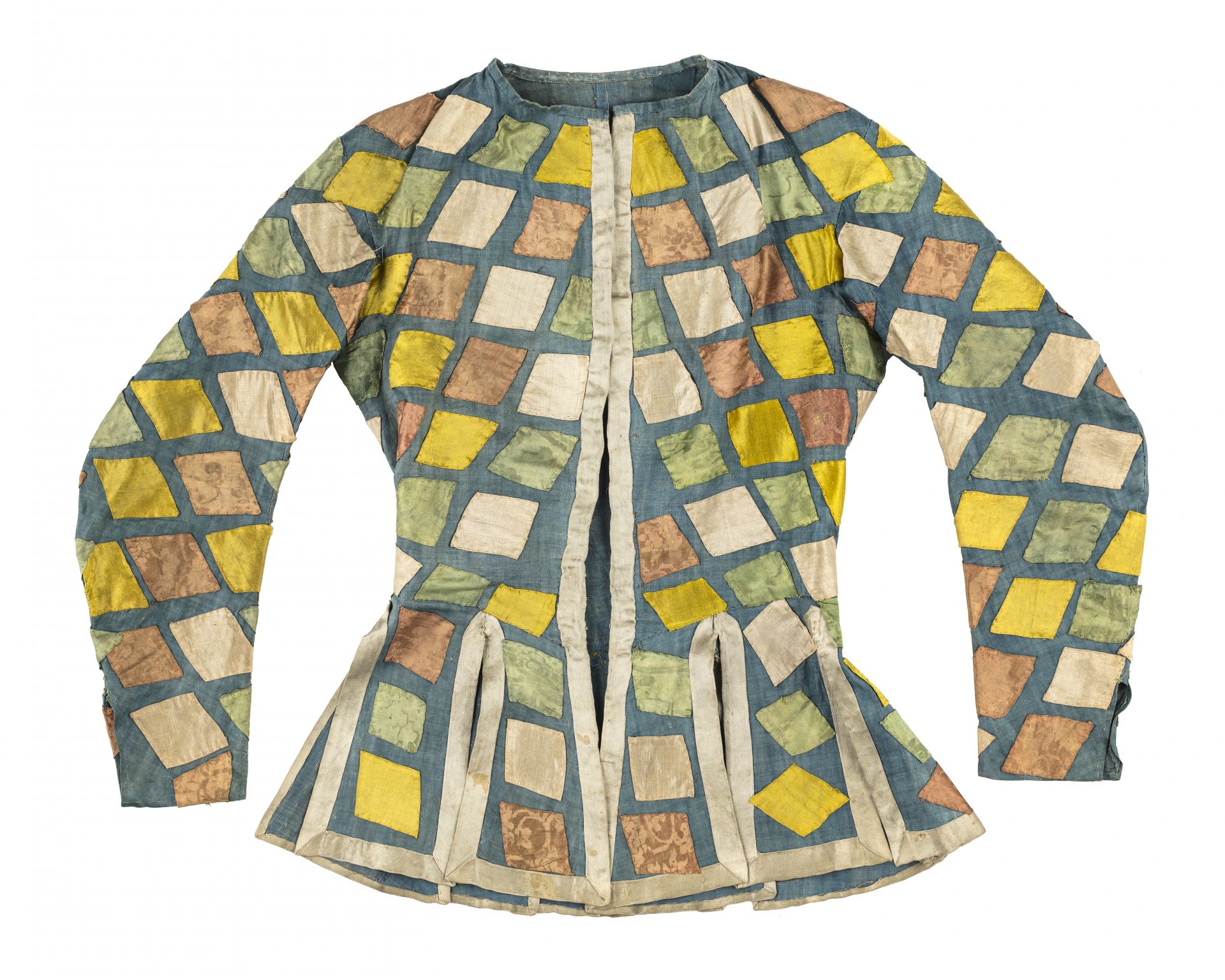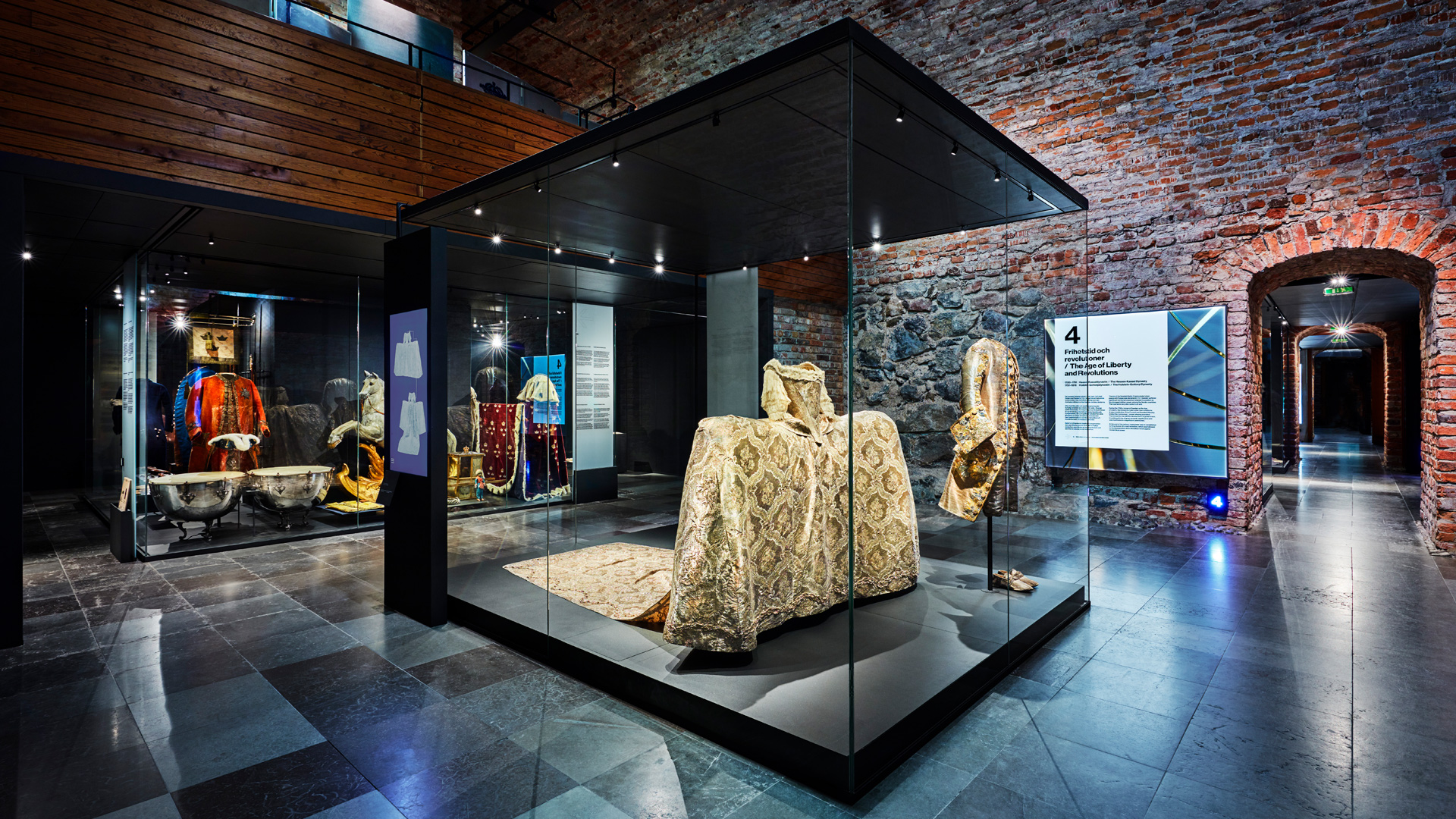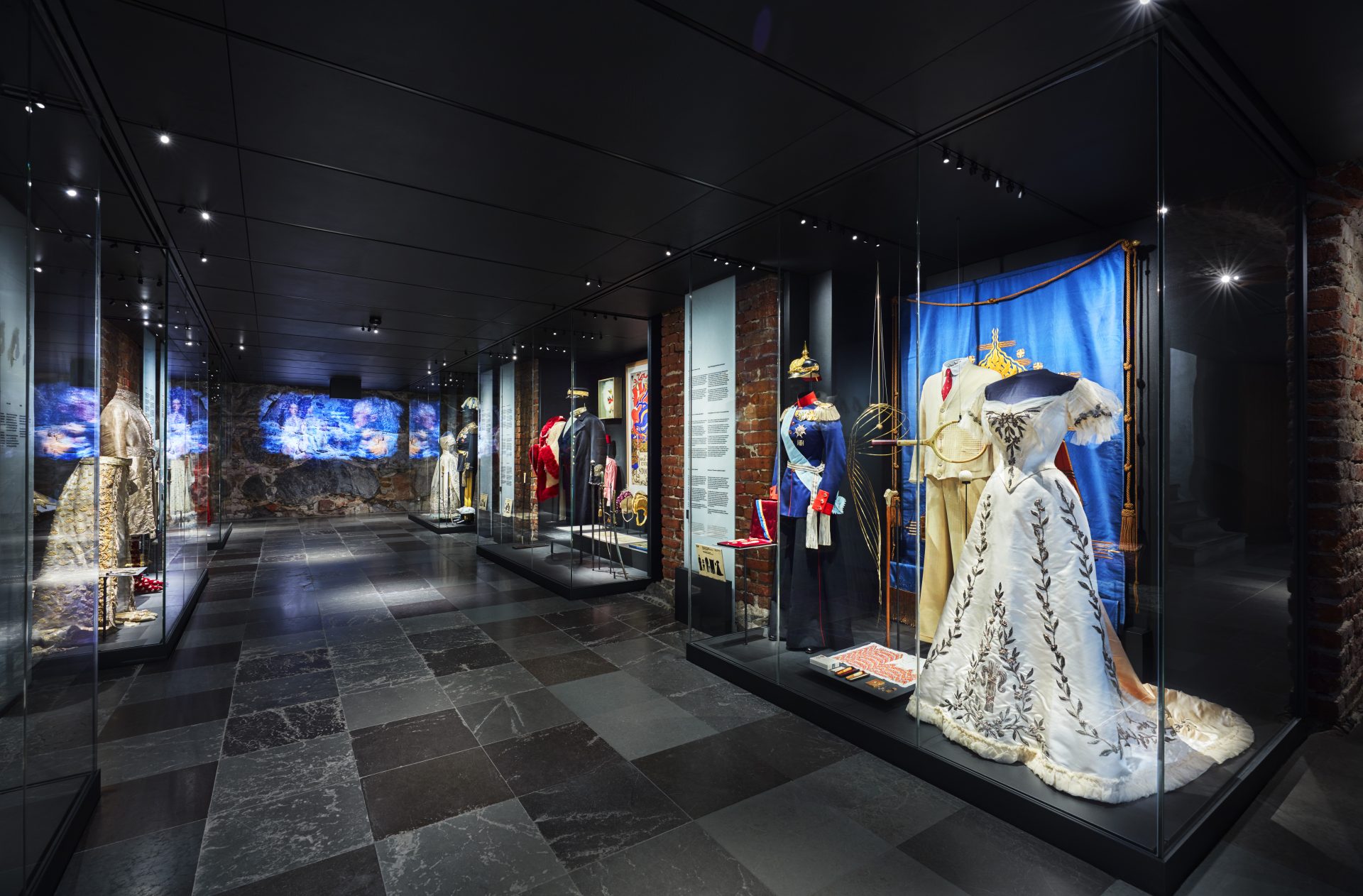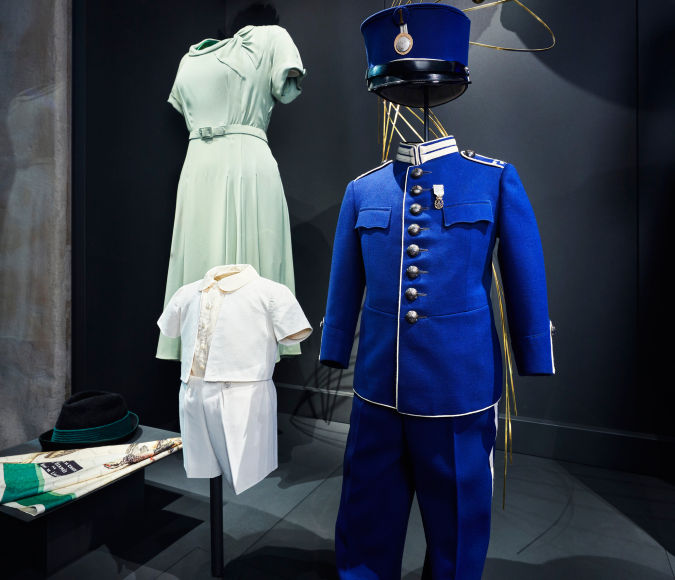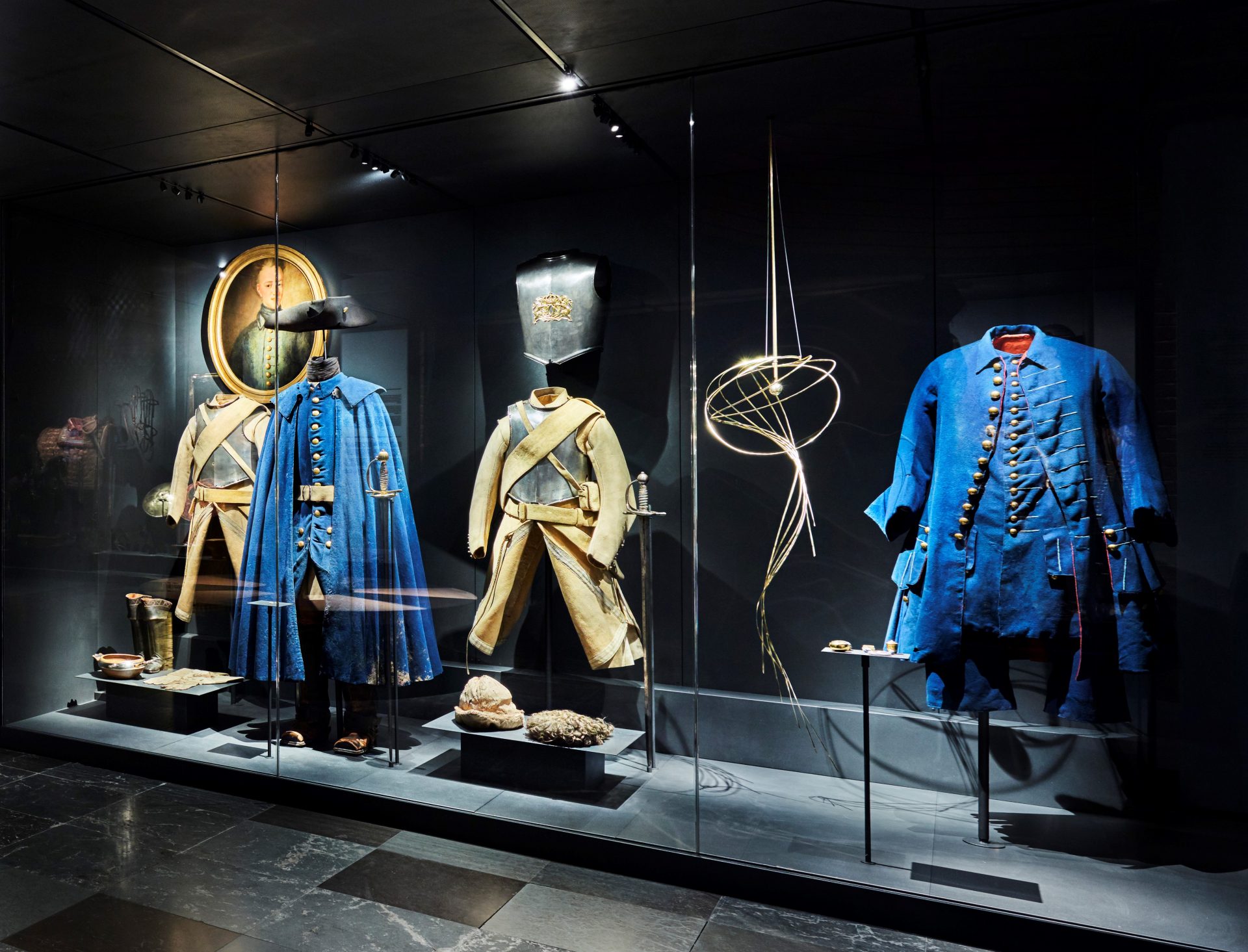
The Era of the Great Wars

A new royal house
On 6 June 1654, on the same day that Queen Kristina abdicated and left the Swedish throne, her cousin Karl X Gustav was crowned as the new King. This meant that the country gained not only a new monarch, but a new royal dynasty as well. A royal House of Palatinate-Zweibrücken that would rule Sweden until 1720.
Sweden conquered vast areas of land during Karl X Gustav’s six years on the throne. It was an age of constant wars, first against Poland and then against Denmark. A peace treaty was concluded with both parties in 1660. This saw the end of claims against Sweden from the Polish branch of the House of Vasa.
Karl X Gustav died in February 1660, while the Swedish Parliament was in session in Gothenburg. At the time, he had been on the Swedish throne for barely six years.
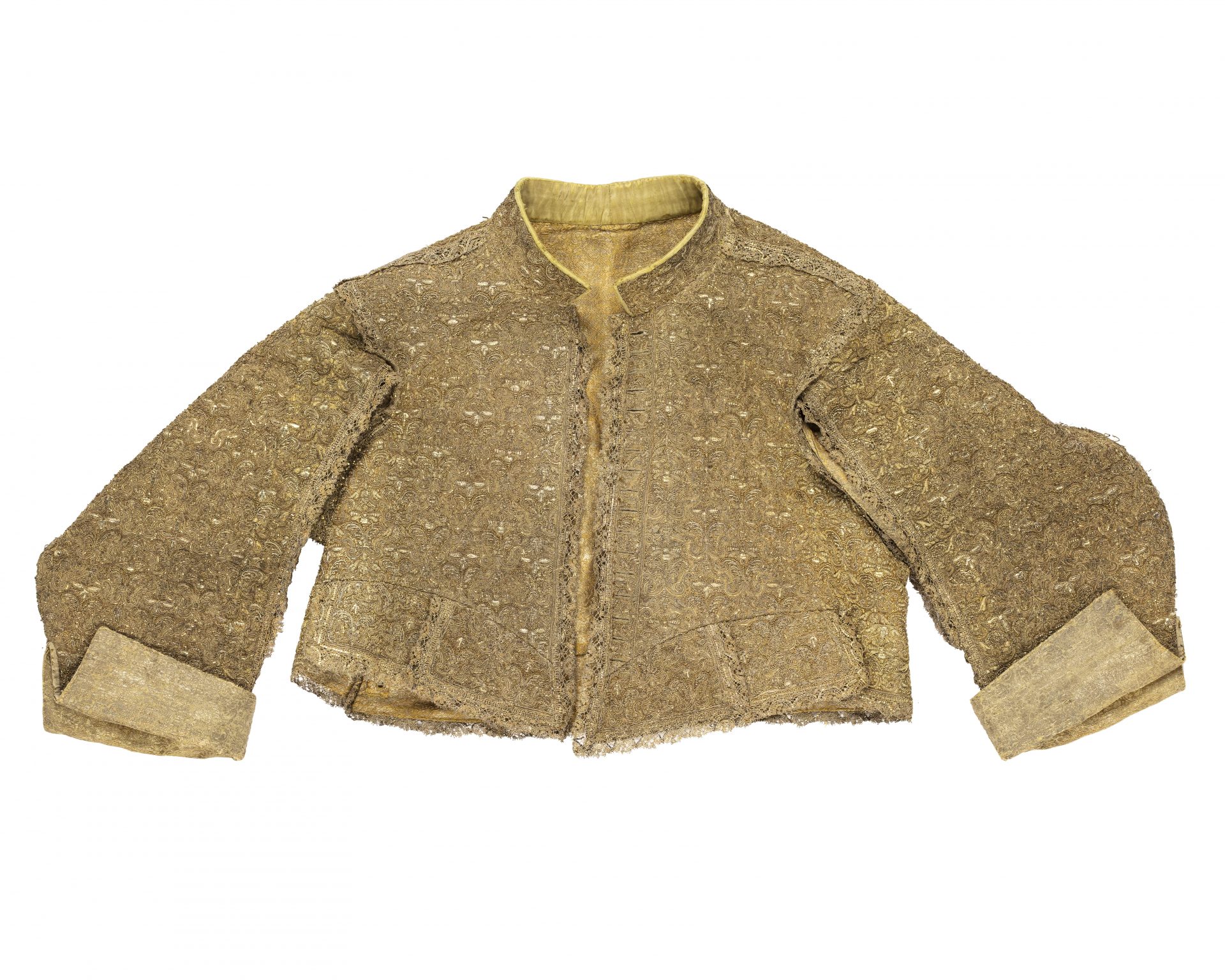
God-fearing and patient
Karl XI strengthened the power of the royal house and weakened the nobility. He seized parts of the nobility’s estate for the crown and modernised the kingdom’s military and civilian administration. The period from 1680 is known as the Carolean Autocracy. The Swedish parliament was rarely convened during this period. The King ruled according to his own mind.
Ulrika Eleonora of Denmark married King Karl XI. The marriage was intended to seal the peace after the Scanian War, and the marriage contract was included as an article in the peace treaty. The marriage seems to have been a happy one. Ulrika Eleonora devoted herself to charity and bringing up the children. She promoted the theatre and arranged performances at court. The mirror of history has depicted her, in accordance with the ideals of the age, as the good mother, “God-fearing, patient and gentle”.
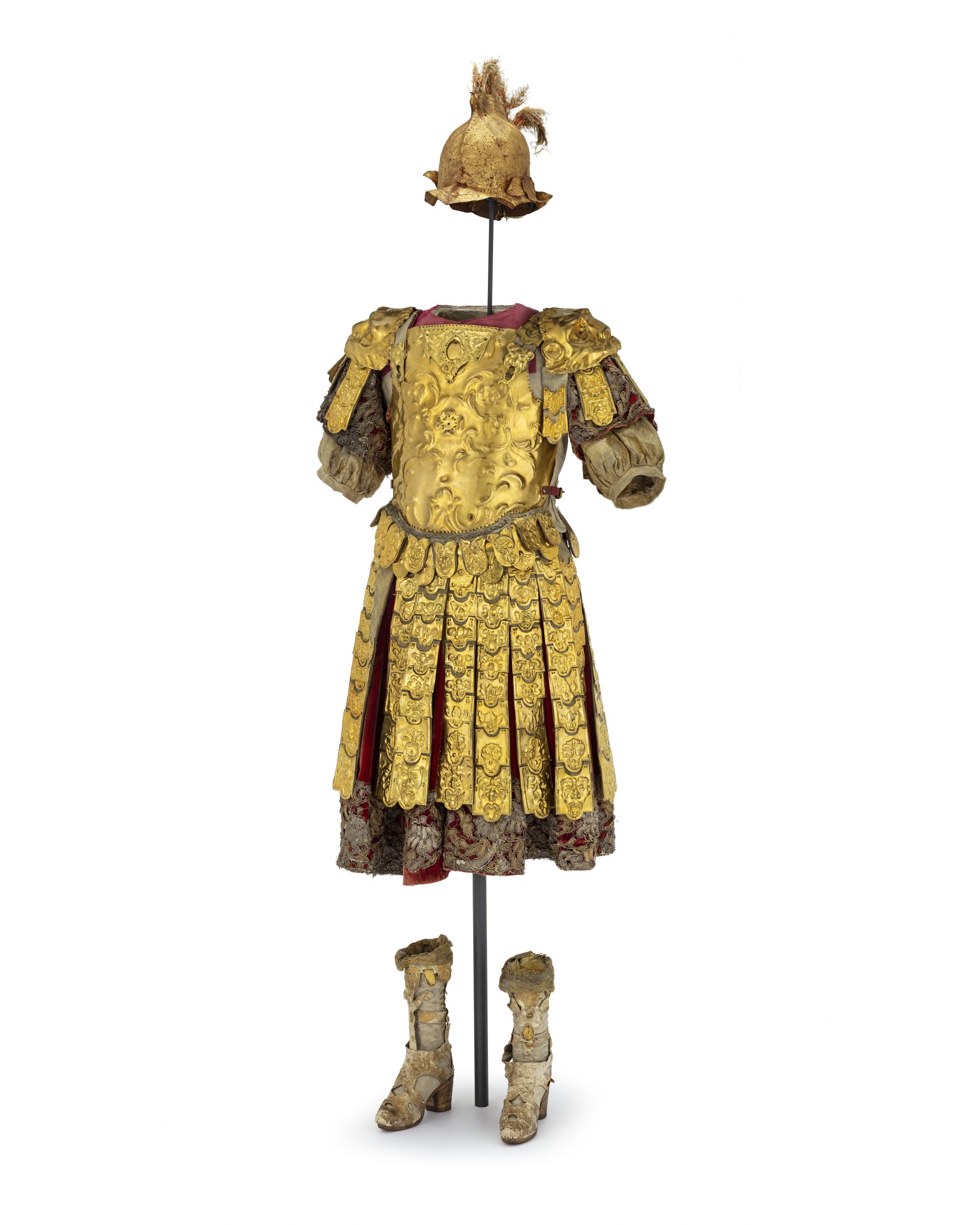
The warrior king
Karl XII is the Swedish king who is perhaps most clearly associated with war. He was thrown into the Great Northern War (1700–1721) at the young age of 18. Karl XII spent his entire adult life in the field, leading his army from the front lines in what looked like a simple officer’s uniform. This was also the “belligerent simplicity” that he wanted to be portrayed.
Karl XII never married. He wrote to his sister that he “will no doubt be married to the troops, for better or worse, in life and in death”, to others he said that he would not marry until there was peace.
In the autumn of 1718, Karl XII launched his last campaign, against Norway. After a church service on November 30, the King found himself just outside the Fredriksten fortress. He was inspecting the construction of a trench system that was to be used to enable the Swedes to conquer the fortress. It was wet and muddy, and visibility was poor in the dark. To get a better view, the King dug his feet into the wall of the trench, so that he could lift himself up over the edge. Half-lying, he peered out over the landscape. Suddenly he was struck by a bullet in his left temple and slumped down, his left hand under his chin. There he lay, motionless and lifeless. The King was dead.
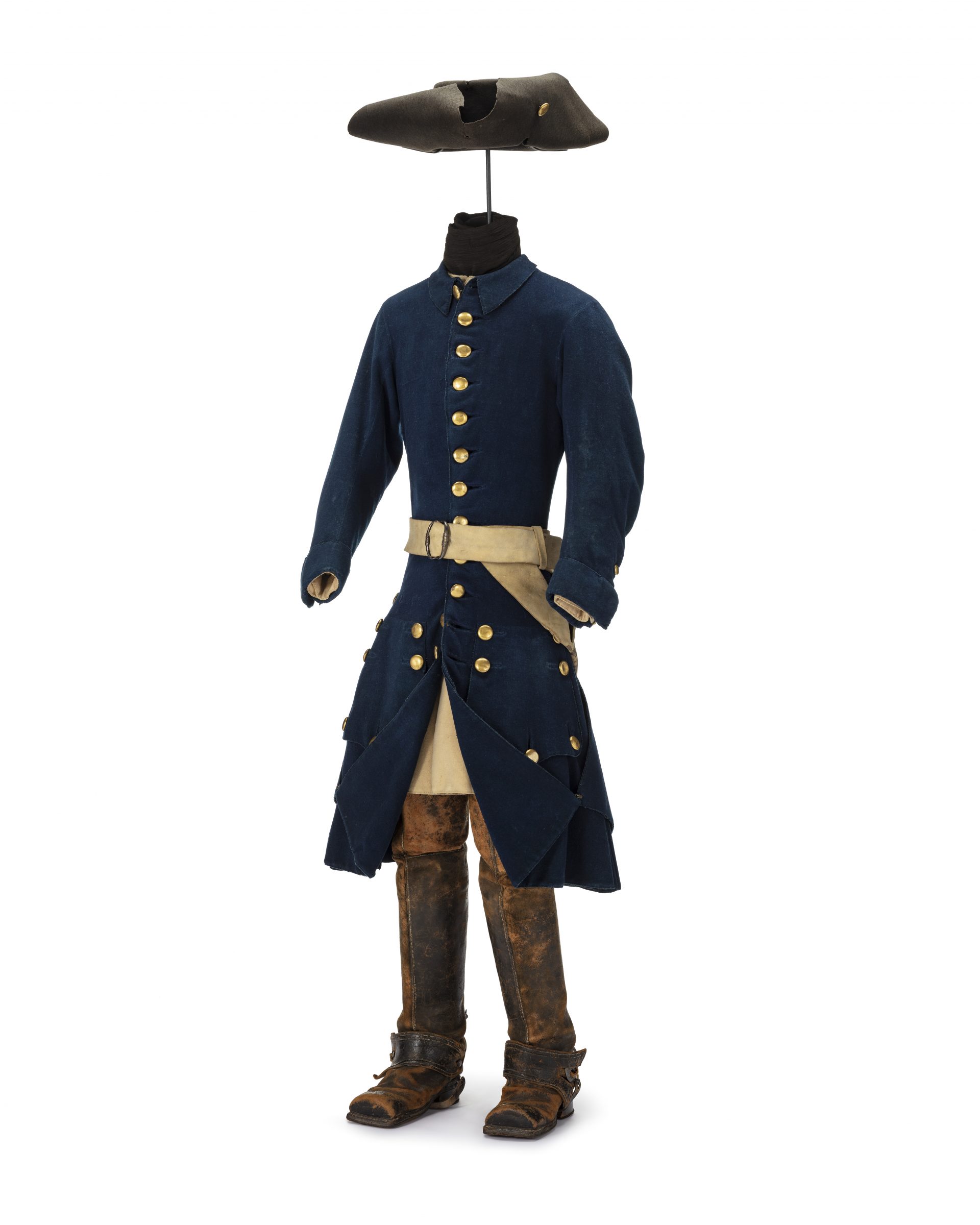
The age of the queens
The King’s grandmother, Hedvig Eleonora, was an important and uniting individual who had a strong influence for a long time. She participated in the regencies that were formed during both her son Karl XI’s and her grandson Karl XII’s years as underage regents. As a widow, Hedvig Eleonora lived an independent and self-sufficient life. She collected objects from different parts of the world and was interested in art, architecture and literature.
When Karl XII died in 1718, Sweden was left without an heir to the throne. The King’s sister, Ulrika Eleonora the Younger, was chosen as regent and crowned as Queen in 1719. She intended to rule in partnership with her husband, Fredrik of Hessen-Kassel. The Swedish parliament rejected her request. There could only be one regent. The following year, she therefore abdicated in favour of her husband, who became Fredrik I. The couple had no children, and once more the kingdom had to look abroad for an heir to the throne.
